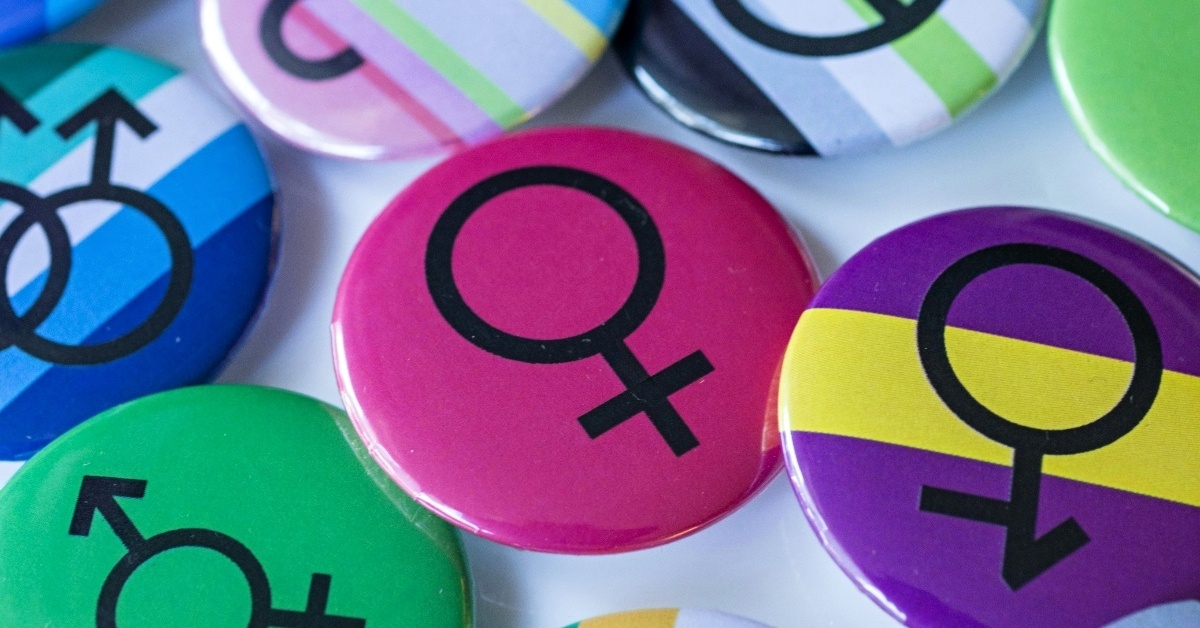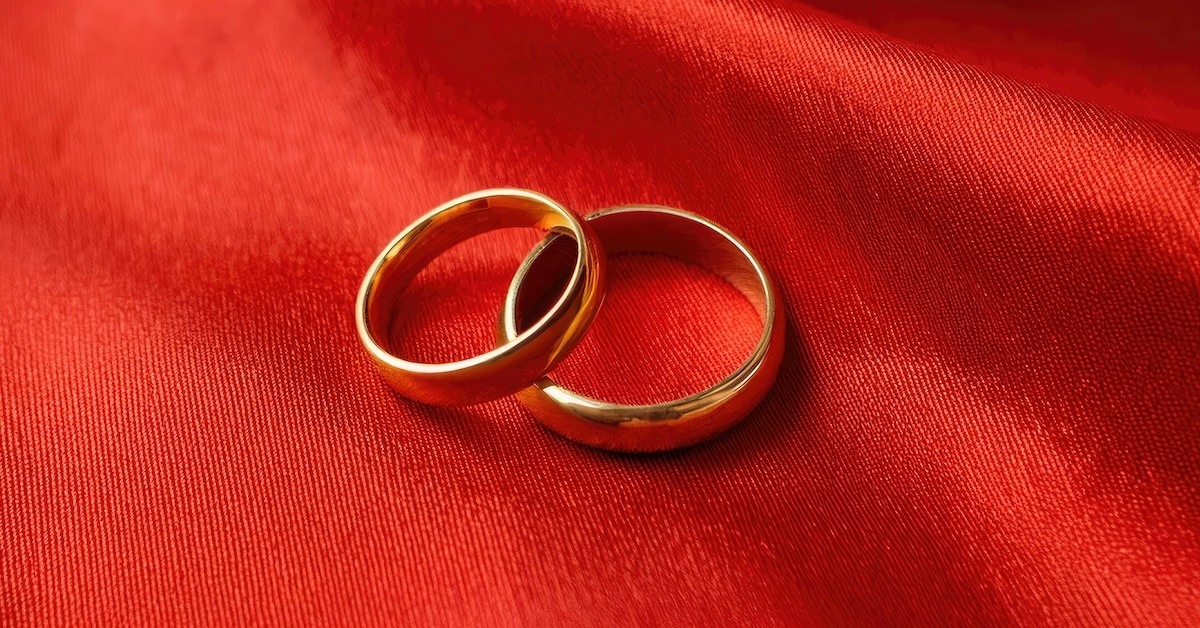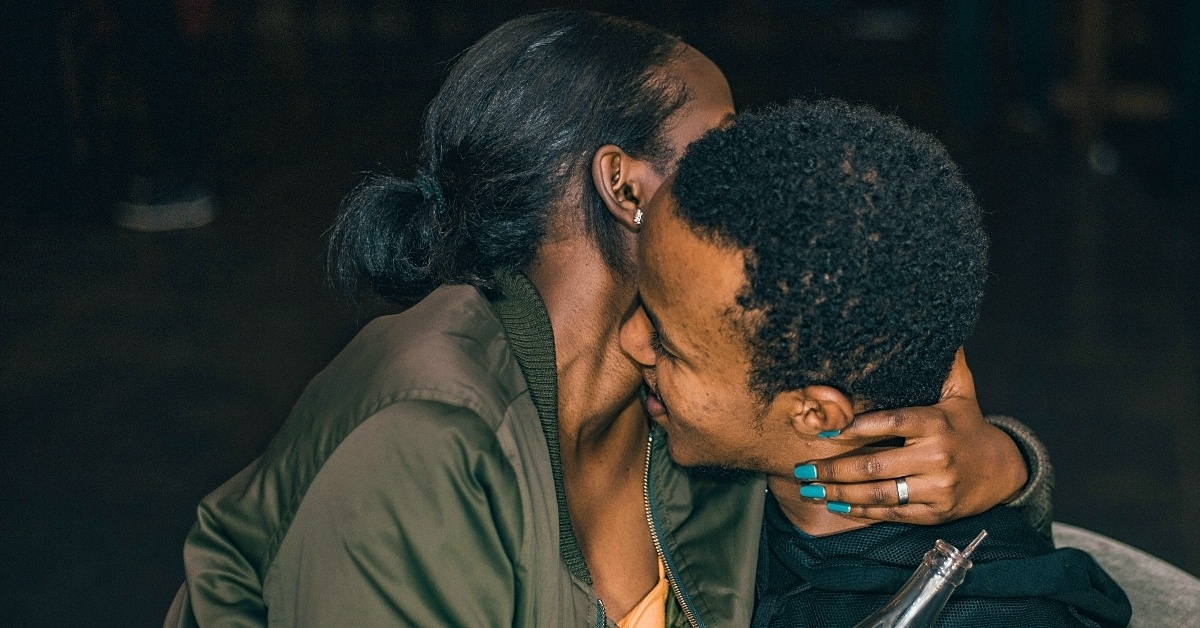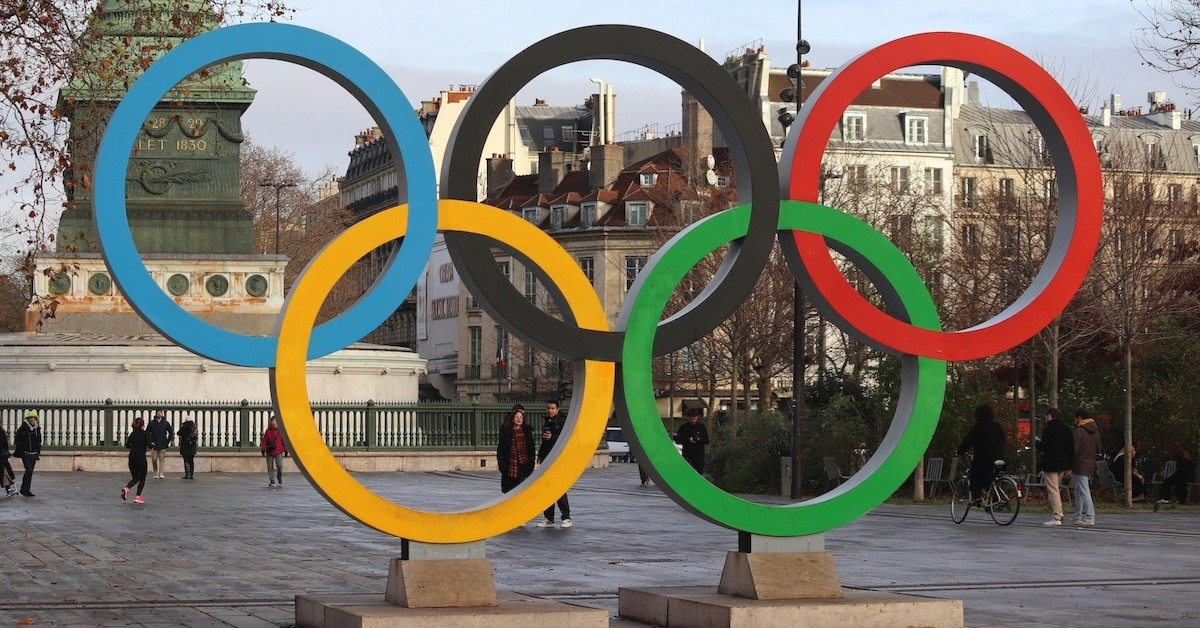BY: DM
Published 53 seconds ago

For the longest time, folks believed gender came in a neat little package — just male or female. But human identity is way more colorful than a binary box. The question “How many genders are there?” doesn’t have a simple answer — and that’s exactly the point. Gender isn’t just about anatomy; it’s about identity, expression, and how someone feels inside. While mainstream society often clings to the male-female binary, many cultures recognize a spectrum of genders.
Experts also affirm that gender isn’t a rigid two-option system at all. “The language we have around [gender identity] is rapidly expanding to accommodate for the wide variety of gender identities and expressions out there,” Paula Leech, a certified sex therapist, told Women’s Health. “The more we can expose ourselves to the diversity of gender identity and expression out in the world, the more likely we are to find ourselves reflected back with greater clarity.”
In other words, as society becomes more open, people are finding new terms to express who they are. Let’s examine the most common gender identities.
Ten gender identities to know.
One way to appreciate the expanding gender spectrum is to learn about the many gender identities people use. Each identity carries its own meaning and nuance.
Agender
Agender refers to people who don’t identify with any gender at all. It’s like being outside the gender spectrum entirely, where individuals don’t feel a connection to “male,” “female,” or any other gender label. Some folks describe being agender as a sense of neutrality or a complete lack of gendered feeling.
Bigender
Bigender individuals experience two distinct gender identities. These identities may switch between the two or coexist at the same time. For example, someone may feel very much like a man some days and identify as a woman on others, or they could identify with both genders simultaneously.
Cisgender
Cisgender people are those whose gender identity matches the sex they were assigned at birth. For instance, if someone is born female and identifies as a woman, they are cisgender. Being cisgender is often what many people think of as “the default,” but the term is used specifically to distinguish people who are not transgender.
Demigender
A demigender identity is for people who feel partially, but not fully, connected to a gender. Demigender people may identify with one gender to some degree — whether it’s male, female, or something else — but don’t fully experience that gender.
Genderfluid
Genderfluid individuals experience their gender as something that can shift or change over time. A genderfluid person may feel masculine one day, feminine the next, and sometimes neither or both.
Genderqueer
The term genderqueer is a broad word for people whose gender identity doesn’t fit within the traditional categories of male or female. Genderqueer individuals may experience their gender as a mix of both, neither, or something entirely outside the binary.
Gender-nonconforming
Gender-nonconforming (GNC) refers to people whose gender expression doesn’t align with societal expectations for their assigned gender. A GNC person might be assigned female at birth but wear traditionally masculine clothing, or they could present as androgynous.

Nonbinary
Nonbinary is a gender identity that falls outside the traditional male and female categories. A nonbinary person may identify as a mix of both genders, neither gender, or as a different gender altogether.
Transgender
Transgender is a broad term that describes anyone whose gender identity differs from the sex they were assigned at birth. This might mean that someone assigned male at birth identifies as a woman, or someone assigned female at birth identifies as a man. It’s important to note that being transgender isn’t about surgery or physical changes — it’s about the internal experience of gender.
Two-Spirit
Two-Spirit is a term used by some Indigenous North American cultures to describe a person who embodies both masculine and feminine qualities. Unlike the binary gender system, Two-Spirit people represent the merging of the male and female, both spiritually and socially.
Ultimately, as society evolves, people will continue to name new gender identities. That’s not chaos — it’s a reflection of human diversity.
Why do you think it’s so hard for some folks to move beyond the gender binary? Comment below!










